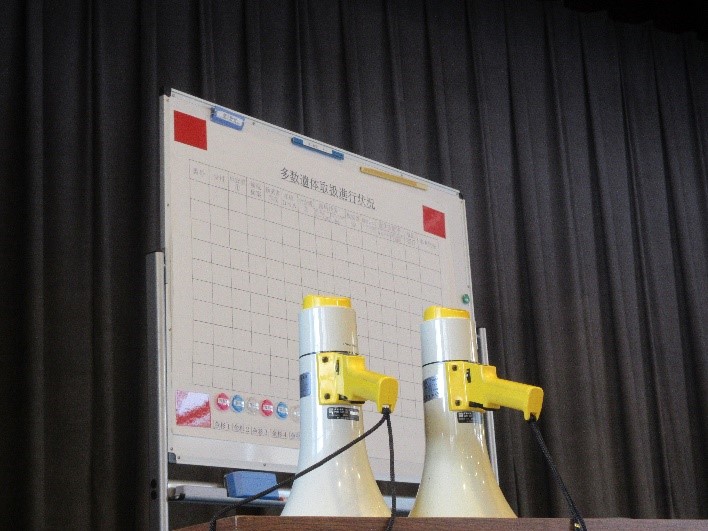Research on use of images in the identification of mass disaster
Mass disaster identification in Japan is still being performed using non-objective methods such as assessment of facial appearance and clothing. In case of the 3.11 disaster, 90% of the bodies were judged based on facial features, and approximately 20 people were misidentified in this process.
Conversely, a method called disaster victim identification (DVI: personal identification of victims in the event of a large-scale disaster) recommended by the International Criminal Police Organization is used as a standard procedure outside Japan. The teams comprise multidisciplinary specialists such as forensic pathologists, forensic odontologists, and police officers. In recent years, in this field, postmortem computed tomography has emerged as a more common technique used for identification, and radiologists are considered as an integral part of the team.
As a forensic radiologist, with the aim to introduce fundamental changes in the conventional methods used for DVI, I took up the challenge to create a multidisciplinary collaborative team in our institution, together with a forensic pathologist, Ayumi Motomura, and a forensic odontologist, Hisako Saito.
Maiko Yoshida

